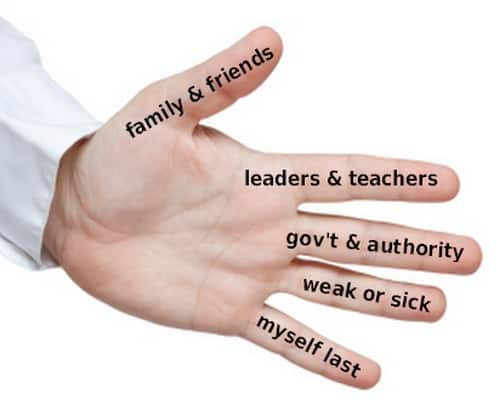Religious and Cultural History of The Delta
Gentle Reader,
It has been said that Sunday morning in the United States, to this day, constitutes the most segregated time in this country. The Southern Church became a sanctuary, a place where social services were obtained, where people were nurtured both in spirit and flesh, and ultimately a place of political leadership. This was especially true in the African Methodist Episcopal (AME) churches. It is very clear that the churches served to unite people in powerful ways during the Civil Rights Movement.
The imagery from the various religions permeate the culture of the South. Faulkner, for example, used religious imagery because it was all around him. "It's just there," he once said, when interviewed about his use of religious imagery. There are signs and symbols along the highway, with modules of cotton spray painted with "Get right with God." Religion embodied a concrete sense of the relationship between God and human beings. Reynolds Price once said that "those things that make us most human are taught at the table in table manners," often associated with the practice of saying grace before a meal. Price also said there is a "bittersweet marination in religion" in the South. H.L. Mencken,who wasn't very fond of Southern religion practices, said, "...the South is a cesspool of Baptists and a miasma of Methodists."
Nevertheless, the church was often the only thing blacks could truly call their own. It was a place of salvation and beyond, to sanctification as a sort of second blessing. These were spirit-filled religions, with the gifts of the spirit animating the congregations. Jackson, Mississippi is considered "the buckle of the Bible Belt."
Our Guest Scholar, Dr. Charles Reagan Wilson, talked about a five finger teaching model, which is designed to instruct children about the what constitutes sin. Each finger is used to represent a particular reminder about sin: don't lie or cheat or covet, don't drink alcohol, don't steal, etc... I could not find a full explanation of this teaching method online, but I did find another "five finger" strategy that is apparently used in many Sunday school lessons. I'll reprint this teaching method below:

Teaching Kids the Five Finger Prayer
Thumb (people who are close to you) These are your close friends and family, often the first you think about when you pray. Give thanks to God and ask his protection on your parents, siblings, friends, and classmates.Pointer (people who point the way) These are leaders in your life, such as teachers and pastors. Offer God your thanksgiving for them and ask him to help them in their important work.
Tall Finger (people in authority) The big people in the world need prayer too. Ask God to give wisdom to our government, military, and police.
Ring Finger (people who are weak) This is your weakest finger. We should remember others who are sick, live in poverty, or are treated badly. Pray that Jesus would give them new strength.
Little Finger (your own needs) God wants to hear your needs too, especially when you put others first. Pray for your own growth in mind, body, and spirit.
Another icon of Southern churches that Dr. Wilson discussed was the use of church fans. These were wildly popular, as the heat was often suffocating and the sermons were often very lengthy. The heat was always "the common enemy," and the church fans brought some relief. The fans contained a wide array of photos/paintings from history, musical heritage, crops, the film industry, etc... Most of the time, local businesses would distribute the fans as a way of advertising their business, funeral homes and insurance companies, especially. On the flip side of the fan would be images of Jesus, or images of John F. Kennedy or Martin Luther King, Jr. Singers like Mahalia Jackson and Elvis were often featured on the fans. One fan even offers a cool and refreshing mountain scene, perhaps to transport the mind and spirit to a cooler locale. Here's Dr. Wilson showing off some of the fans, including a Route 61 fan. This was and still is an important route in the history of the Mississippi Delta, being the pathway many took to Chicago and other northern cities during the Great Migration in the early part of the 1900's.
"...A city that sits on a hill can't be hid. Let your good light shine.."
-Matthew 5
Wishing you a day of sweet relief from this suffocating heat this week... May you find a place to cool your body and refresh your soul...
Namaste,
Marianne









Love the five finger prayer
ReplyDelete